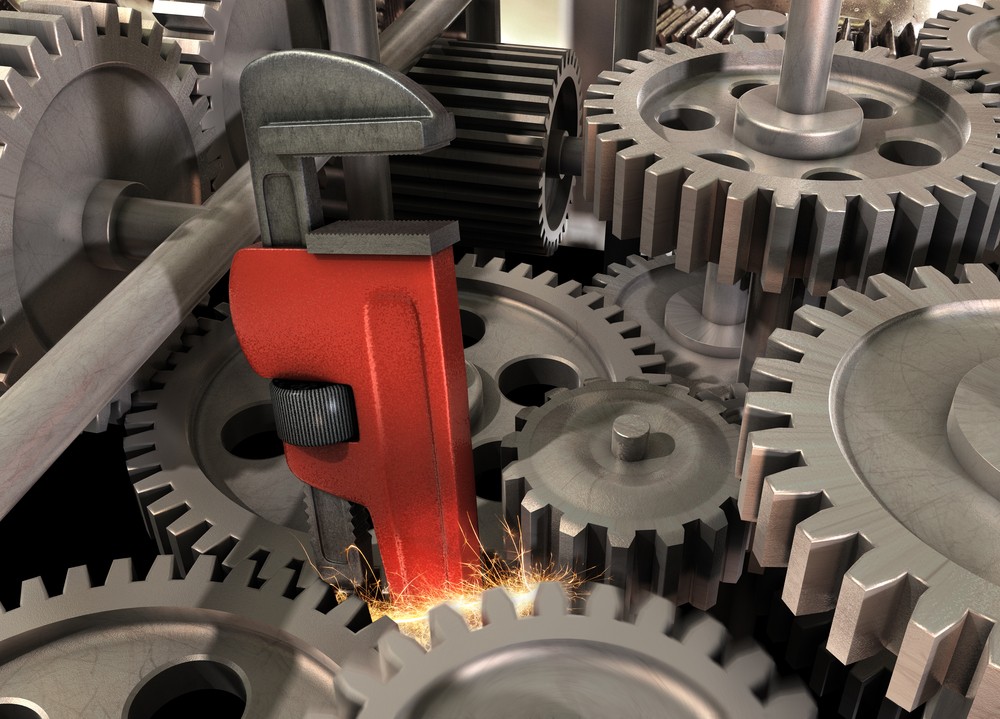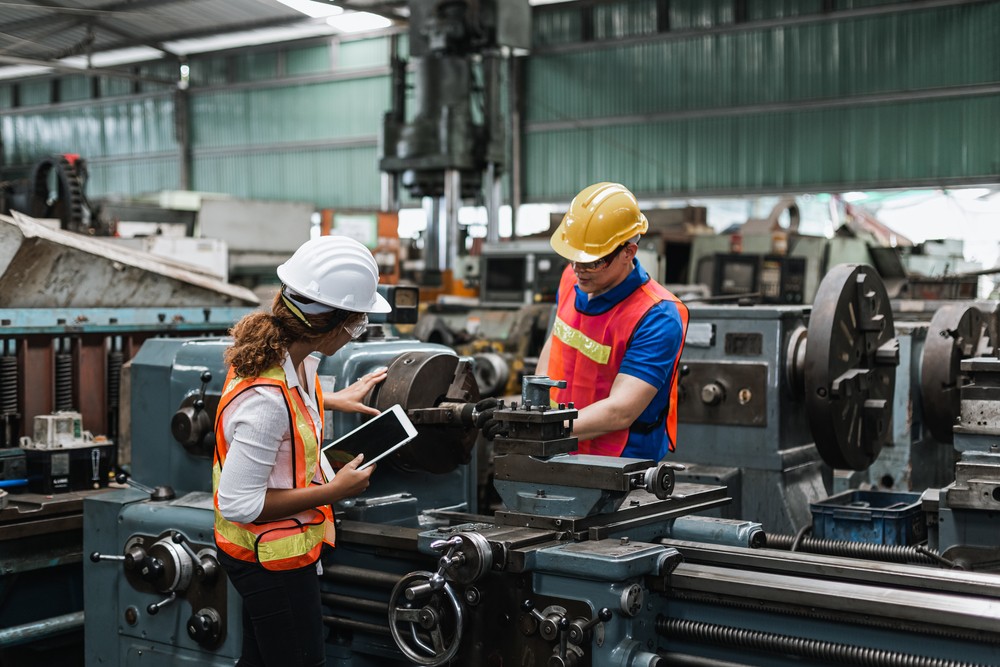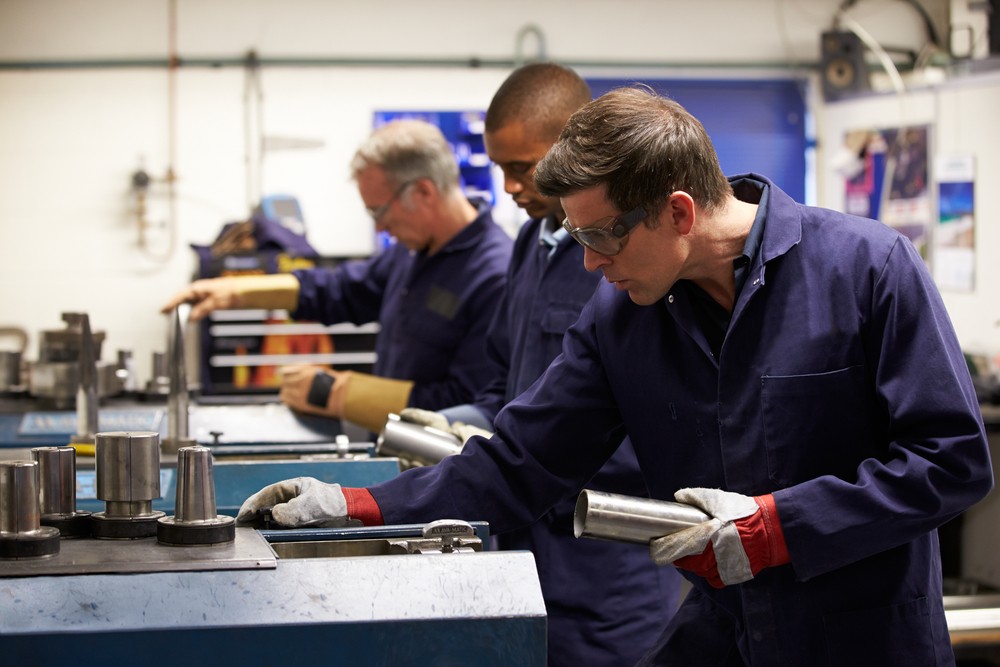Suffering From Maintenance Setbacks? Start by Reducing Human Error

People make mistakes. It’s a fact of life, and when properly addressed, an opportunity to learn. Recurring mistakes are another story. While there is nothing wrong with making a mistake, making the same mistake over and over again is more than a missed opportunity. It’s a warning sign.
In manufacturing, even simple mistakes can cause costly problems — especially when they happen during maintenance procedures. Recognizing problems caused by human error, and taking steps to mitigate or eliminate them, is crucial to manufacturing success. Start by helping your maintenance technicians learn from their mistakes.
What does human error look like?
During maintenance procedures, human error can manifest in several ways. Factory floors are hotbeds of activity, and frequent, loud noises — or any one of a thousand other distractions — are common. Anything that interrupts focus can interfere with attention, and while a brief lapse or two may seem benign, it could result in a major problem.
Human error is also caused by rushing, forgetfulness, apathy, and laziness. Some common examples of human error include:
- Missed or skipped steps in a maintenance checklist
- Partial or incorrect work that requires correction
- Overwork or unnecessary work on equipment
- Excessive time spent on simple, routine tasks
- Overlooked safety standards or best practices

Avoidable problems caused by human error
The ramifications and ripple effects of human error aren’t always immediately evident. It can be difficult to measure the impact of human error until after problems occur. In a recent study from analytics firm Vanson Bourne, human error was found to cause approximately 23% of unplanned downtime — making it the single largest contributing factor.
What can manufacturers do to prevent inefficiencies associated with simple — but potentially costly — mistakes? Keep an eye out for these key issues:
- Inefficient machine or equipment operation
- Unsafe machine or equipment operation
- Defects or imperfections caused by calibration issues
- Excessive or unnecessary wear and tear
- Unexpected and avoidable downtime
There are plenty of ways to address and correct human error, including embracing automation and digital management systems. But the oldest and best way to avoid human error is proper training. Teaching maintenance techs to do the job right the first time is always a good strategy.

Proper training is paramount
Human error is bound to occur, so it’s better to learn from mistakes than ignore them — with potentially disastrous results. Proper training and education embrace human error, and correct it, as a means of prevention. Identify and document common errors and leverage them, with context, in technician training. This is a simple way to capitalize on the inevitable and avoid recurrence.
Embracing mistakes as learning opportunities is an empathetic approach. Supervisors should avoid chastising employees when they make a mistake and strive instead to create a workplace culture in which employees take pride in their work. If employees expect to be disciplined for every error, they might avoid asking questions and try to hide their mistakes instead of learning from them.
Human error is avoidable
The same mistake, happening over and over again, soon devolves into something worse: a habit. Correcting mistakes early leads to better habits, and better habits lead to positive outcomes. As manufacturers seek to eliminate human error in their maintenance approach, it’s important to create good habits — and standardized maintenance practices — to replace the bad.
